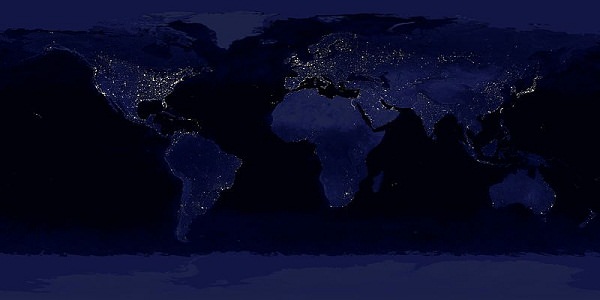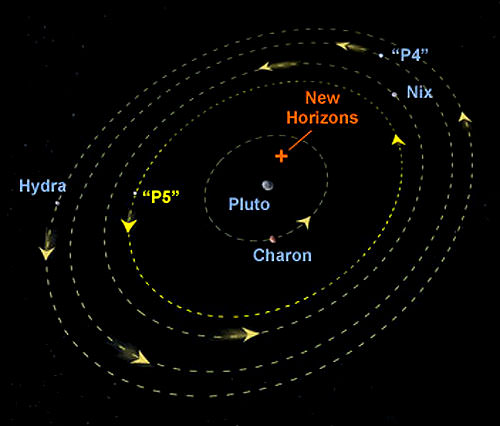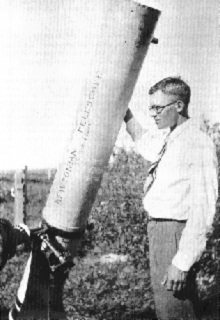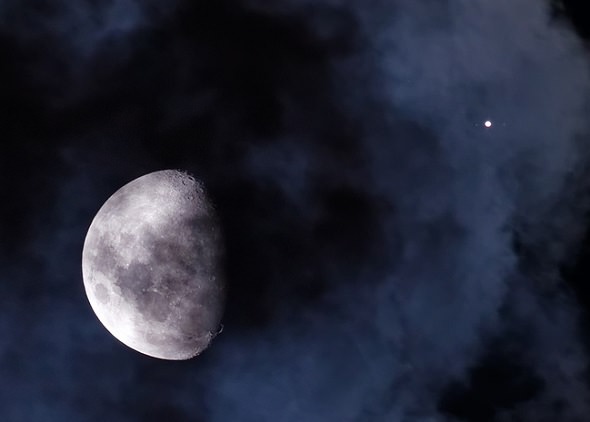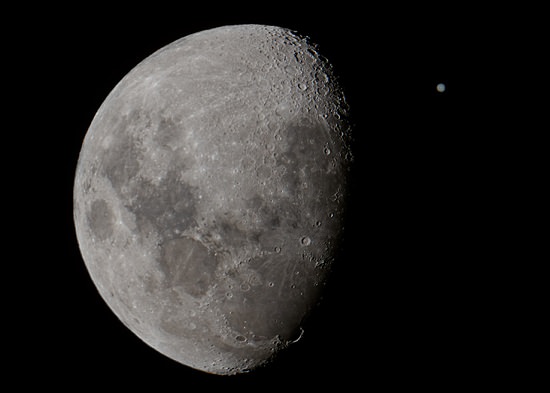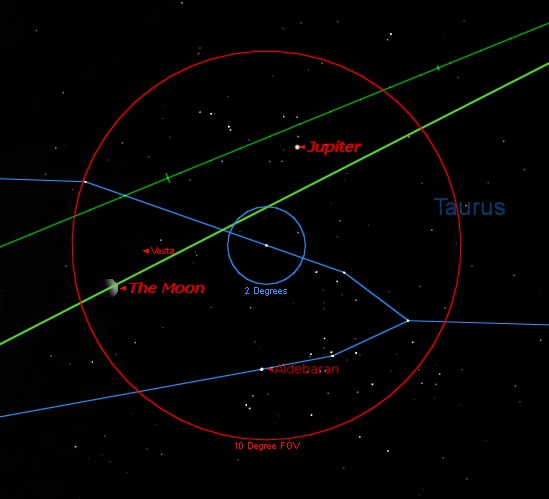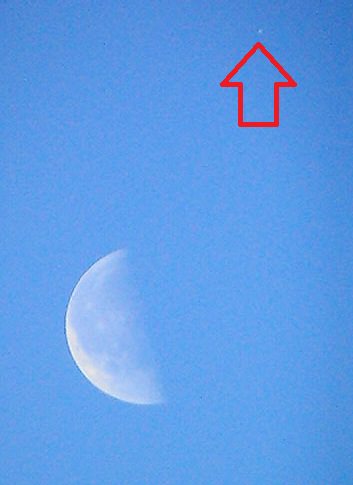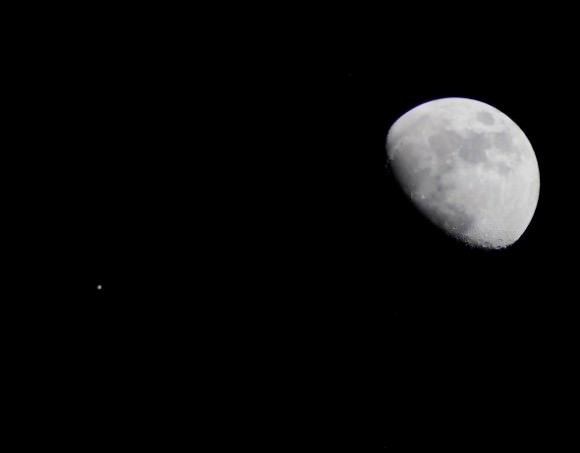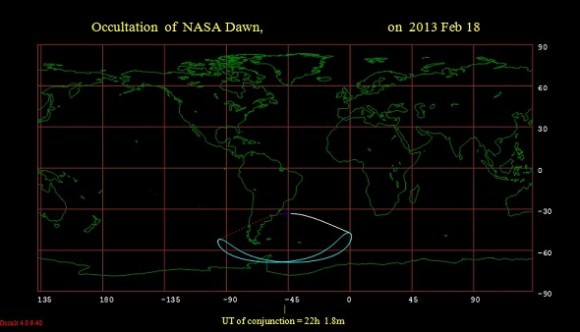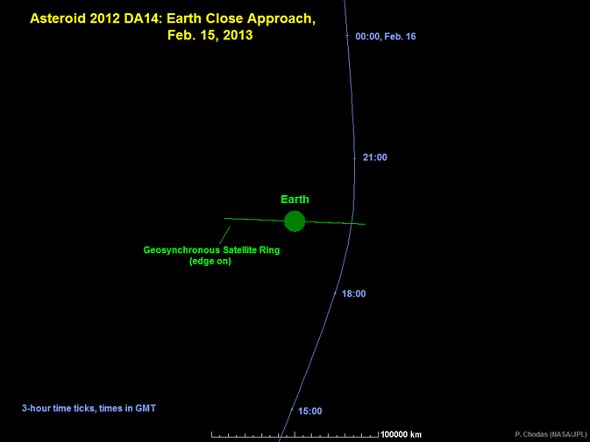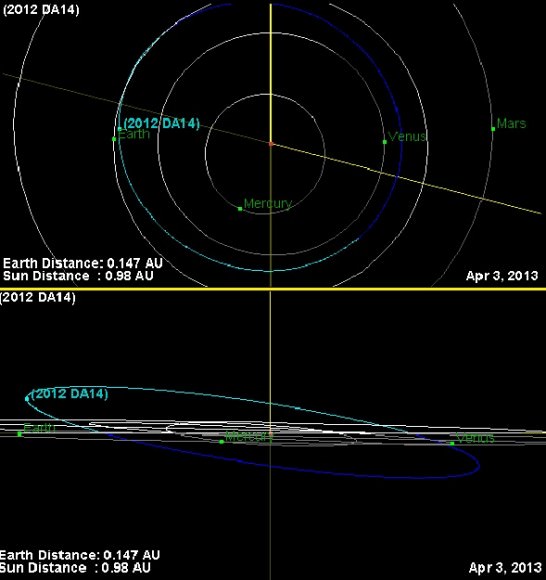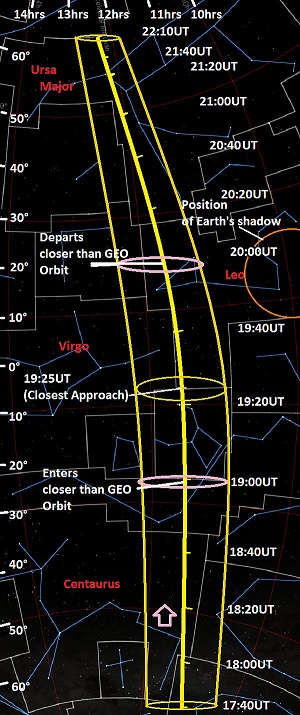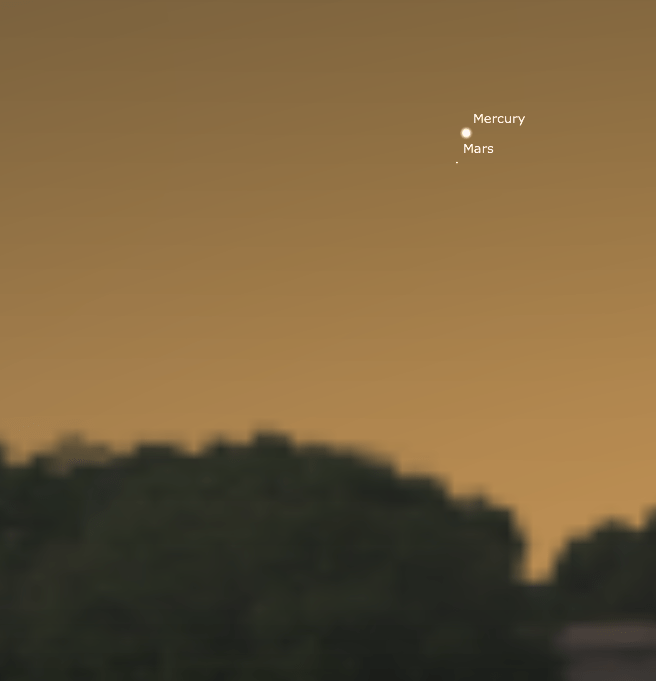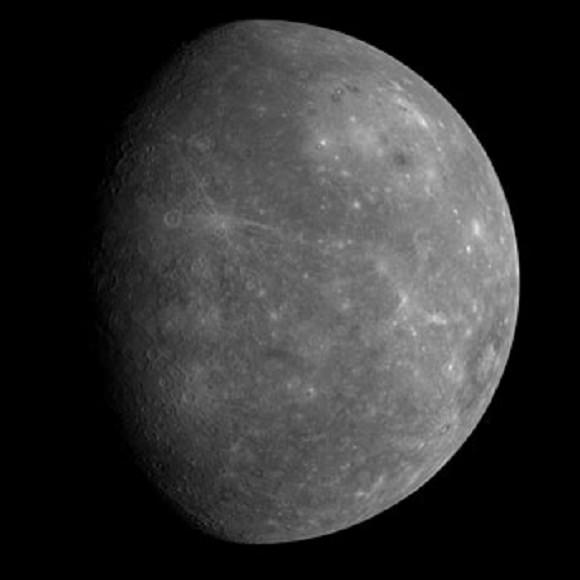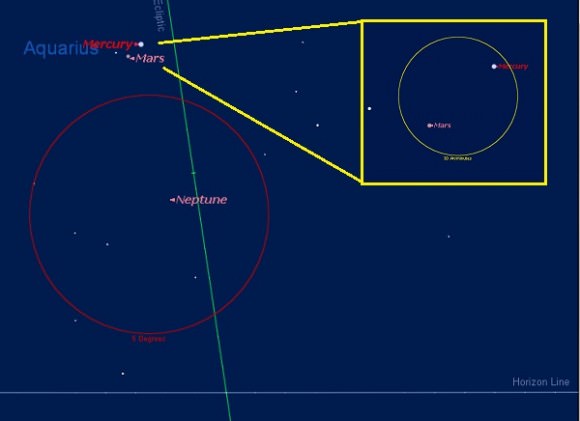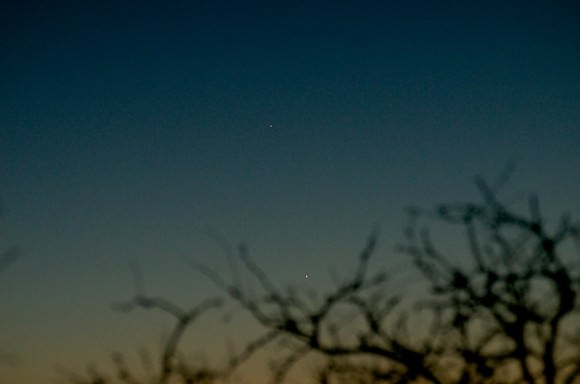A good majority of modern Americans have never seen truly dark skies. I was fortunate to grow up in northern Maine in the 1970s with skies dark enough to see the summer Milky Way right from my doorstep. For most of the Eastern Seaboard of the United States, this is no longer the case. During the blackout brought on by Hurricane Sandy over the tri-state area in 2012 and after Hurricane Andrew hit Miami in 1992, many urbanites got to see an unfamiliar sight first hand; a dark night sky. There were even calls to 9/11 reporting fires on the horizon, which were in fact the Milky Way!

(Photo by Author).
In just over two weeks time on March 10th, most of North America will “spring forward” once again to daylight savings time; three weeks afterwards on March 31st, the European Union will follow suit.
For astronomers, this means waiting until the later evening hours for total darkness and late start times for star parties. If it seems like we spend more of the year on daylight savings time, we in fact do; the Energy Policy Act of 2005 mandates that daylight savings for most of the U.S. (a majority of Arizona is a staunch hold out) now starts on the second Sunday of March and runs until the first Sunday of November, or about 65% of the year. But discussions of DST’s utility or anachronism aside, it puts just one more hurdle between astronomers and what they love: dark skies.
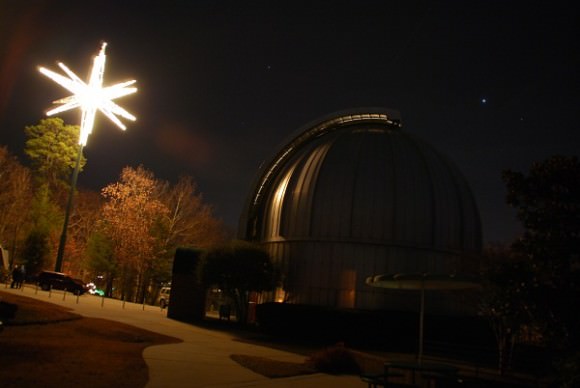
You can’t even see your hand in front of your face under truly dark skies. Such darkness is measured on what’s known as the Bortle Scale, with 1 being dark enough to notice air glow and phenomena like the Gegenschein, while 9 is a washed out inner-city night sky, with perhaps only the Moon and the brightest planets punching through the haze.
We once did a Bortle scale estimation while waiting for an airport shuttle on the Las Vegas strip; Vegas is arguably the most light-polluted locale on the planet. Jupiter, the Moon and the brightest stars of Orion could only be seen if you knew exactly where to look for them. In contrast, we’ve heard many service members remark about how splendid the sky looks from such deployed locations as Afghanistan.
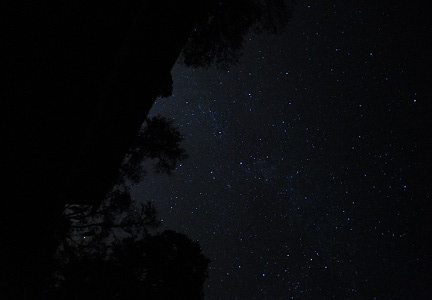
The encroachment of civilization on wilderness areas also means that most school star parties and downtown observatories are restricted to bright targets, and serious deep sky observers must now drive several hours for a reasonably dark sky. Living just outside the Tampa/Saint Petersburg area in Florida, I can actually tell if it’s cloudy or clear at night just by how bright our bedroom appears with lights out. A cloudy sky reflects all the city lights back down, creating a “false dawn” that fills the room.
Dark sky sites are like secret fishing holes for backyard astronomers. Everyone knows of a few, some of which are even carefully hidden and discussed in hushed tones for fear of the light generating hordes which will descend upon them.
For dark skies in the Tampa Bay area, most observers head north to Chiefland along the Nature Coast about a two hour drive north. If you’ve got boat access, a truly dark sky locale can be had in the Dry Tortugas off of the Florida Keys to the south.
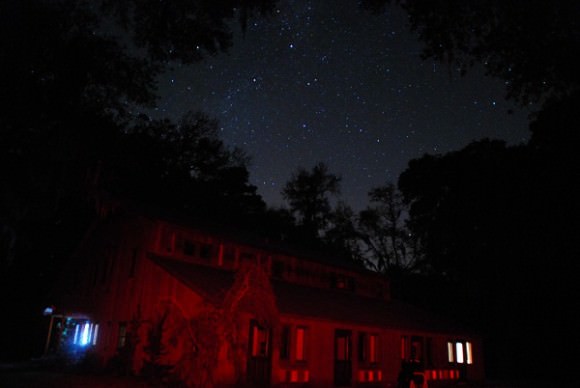
We recently visited such a hidden “dark sky island” in northern Georgia. Dunham Farms is a great old farmhouse Bed & Breakfast in Liberty County near Hinesville, Georgia. Despite how close as it is to Savanna, Dunham Farms sits in a “triangle of darkness,” a rarity along the Atlantic coast. We estimated the sky at a Bortle Scale of 2-3 while we were there doing nighttime astrophotography. Astronomy clubs in nearby Savanna also find dark sky requiem at nearby Tybee Pier, and further north, clubs such as the Midlands Astronomers based out of Melton Observatory in Columbia, South Carolina head to nearby Congaree Swamp.
And so it is along much of the U.S. East Coast, as observers must make to pilgrimage ever further inland in search of dark skies. Truth is, much of nighttime lighting is simply wasted energy headed skyward to illuminate the undersides of clouds and aircraft. Not only does this destroy our pristine night sky, but it’s also a threat to nocturnal wildlife and humans as well. Nigh-time lighting confuses migrating birds, often casuing them to fly into buildings. In 2009 the American Medical Association joined the fight against light pollution, citing it as a health risk. Light pollution effects our natural circadian rhythms, and studies show it may be linked to increased cancer rates as well. Turns out, our bodies need darkness.
But there is light (bad pun intended) at the end of the tunnel. Light pollution ordinances are now on the books in many municipalities. In 2001, the International Dark Sky Association recognized Flagstaff, Arizona as the first dark sky certified city. Increasingly, observatories around cities in Arizona such as Tucson and Flagstaff are being recognized as national scientific assets to be safeguarded.
Of course, legislation on the books is only as good as its enforcement. There are no “light pollution police” on the beat, and ordinances against “light trespass” are only put into practice when someone complains about it. We’ve found that frequently, inviting the neighbors over for a “backyard star party” can avoid having them install a World War II surplus anti-aircraft spotlight in their back yard to begin with… hey, that’s what your security light looks like to us!
And there’s nothing stopping hardware outlets from selling light fixtures that are illegal to install. A good fixture directs light downward where it’s needed. Lowes has recently launched its line of dark sky compliant outdoor lighting, and hey, if enough customers “vote with their wallets” more may follow suit. Its money saved in these cash strapped times, and a night sky gained!

